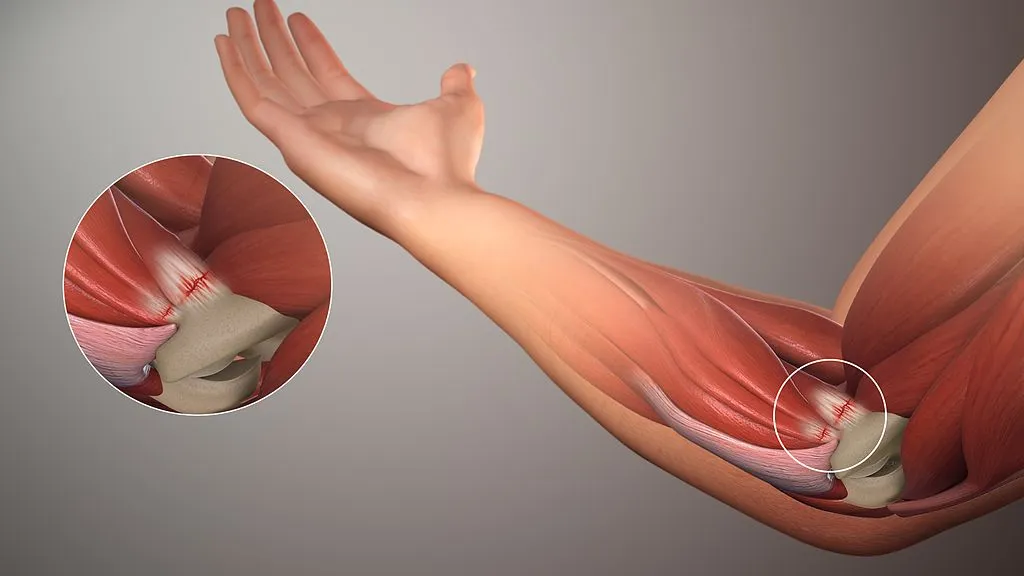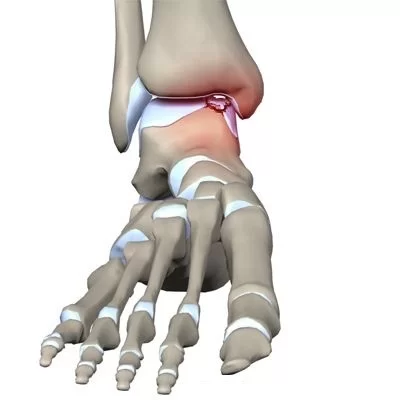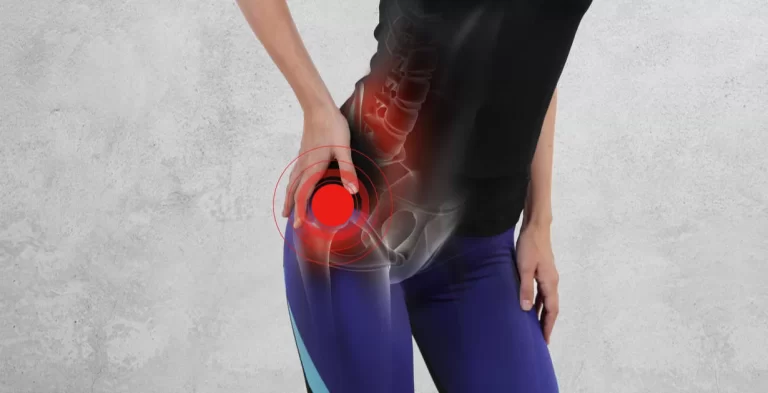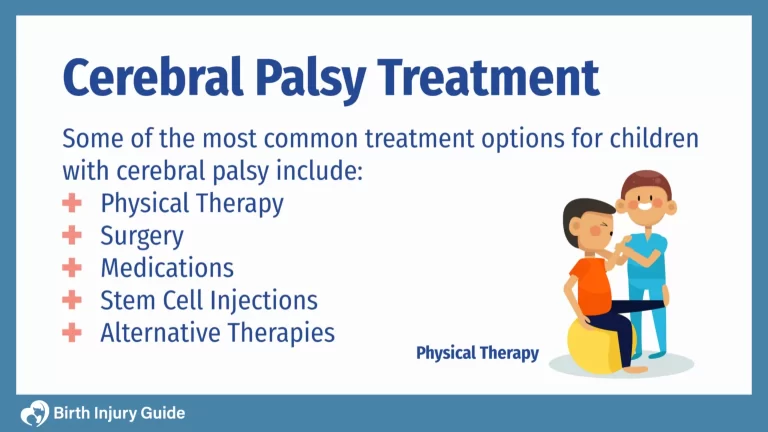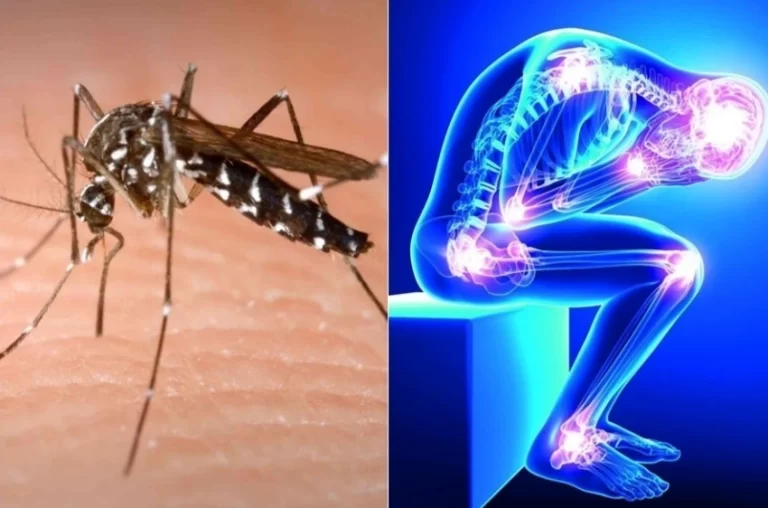Tendonitis
What is tendonitis?
Inflammation of the strong fibrous cords that connect muscle to bone is known as tendonitis. Tendons are the name for these cords. Right external joint, the illness produces inconvenience and touchiness. Any tendon can develop tendinitis.
Tendons, which are made of collagen fibers, connect bones and muscles. They are robust but flexible, allowing them to stretch and bear pressure.
Types of tendonitis:
- Achilles tendonitis
- Supraspinatus tendonitis
- Tennis or golfer’s elbow
- De Quervain’s stenosing tenosynovitis
- Trigger finger or thumb
- Tendonitis of the wrist
Achilles tendonitis:
The thick band of tissue that interfaces the heel to the lower leg muscle is known as the Achilles ligament. This ligament encounters a great deal of strain while an individual strolls runs, and hops.
Achilles tendonitis is a commonplace game illness subsequently. Achilles tendonitis is also more common in people with rheumatoid arthritis.

Supraspinatus tendonitis:
The tendon at the top of the shoulder joint becomes inflamed in supraspinatus tendinitisTrusted Source. This causes moving the arm.
It may be uncomfortable for some people to sleep on the affected shoulder. The person may be suffering from rotator cuff syndrome if other tendons in the same area are also damaged.
Tennis or golfer’s elbow:
Parallel epicondylitis, ordinarily called tennis elbow, causes when an individual curves their wrist outwards. This aggravation might transmit down to the wrist.
When the wrist is bent inward, the golfer’s elbow, or medial epicondylitis, hurts. When attempting to lift against a force, the pain is more severe.
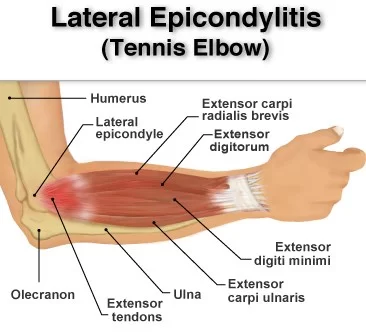
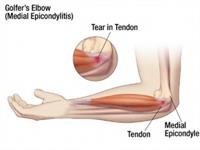
De Quervain’s stenosing tenosynovitis:
This type of tendinitis happens when the sheath encompassing the ligaments between the thumb and wrist becomes excited. The ligament sheath thickens and enlarges, making it agonizing to move the thumb.
Trigger finger or thumb:
A condition known as a trigger finger occurs when a straightened finger clicks. The thickened and inflamed tendon sheath in the palm causes it to become fixed in a bent position. The tendon is unable to move smoothly as a result of this restriction.

Tendonitis of the wrist:
Wrist tendinitis can influence any individual who more than once plays out similar developments with their wrists. Normal individuals do a great deal of composing, and sports like tennis.
Symptoms of tendonitis:
- pain in the affected tendon
- sensitivity and discomfort when moving-dependable source the joint
- a catching or grating feeling
- swelling
Causes of tendonitis:
- making tedious movements, for example, cleaving or composing for significant stretches
- having poor posture
- wearing unsupportive shoes
- excessive exercise
Risk factors of tendonitis:
Age: Ligaments become stiffer with age, making an individual more helpless to injury.
Profession: On the off chance that an individual’s occupation includes dull developments, they are at a higher gamble of abuse wounds.
Sports: Sports like running, tennis, and golf include dreary movements, which can prompt tendinitis.
Some health conditions: Tendinitis is more common in people with gout, kidney disease, and rheumatoid arthritis.
Diagnosis of tendonitis:
A medical services proficient will get some information about side effects and complete an actual assessment.
They might move the injured tendon gently. This can distinguish delicacy from a squeaking sound, which happens when the ligament sheath turns out to be thick and kindled.
For most instances of tendinitis, a specialist will suggest rest, ice, and OTC painkillers.
A doctor may occasionally recommend additional tests if symptoms do not improve. An X-beam can show calcium stores around the ligament, which might affirm a finding. The tendon sheath may be swollen in other imaging tests like an MRI or ultrasound.
Treatment of tendonitis:
Rest:
Tendinitis is an abuse injury. Resting the impacted ligament permits the aggravation to decrease. In the event that a game or explicit dull movement caused the tendinitis, the individual ought to keep away from this action.
A swathe, support, or support might assist with decreasing development.
Hot and cold therapy:
Swelling in the affected area can be reduced with an ice pack. Inflammation and pain can be reduced by applying ice for 10 to 15 minutes once or twice daily. An individual ought to continuously envelop ice with a towel to stay away from direct contact with the skin.
Certain individuals additionally find it helpful to substitute intensity and ice. They can utilize hot towels or warm packs, or clean up.
Ice is regularly best for wounds that happened within the most recent 48 hours. Heat might be a better choice after this point.
Pain relievers:
OTC medications: Tendon pain and inflammation can be reduced with the help of nonsteroidal anti-inflammatory medications like ibuprofen.
Corticosteroid injections: Specialists might suggest these infusions around the ligament in the event that aggravation and serious.
Physical therapy:
Controlling and kneading the impacted region might help speed up the recuperating system.
immobilization: splinting, bandaging, taping, bracing
Modalities:
Electrical stimulation
Ultrasound
Massage
Joint mobilization technique
Stretching and exercise:
An actual specialist might prescribe explicit activities to extend and reinforce the impacted ligament and muscle.
Shock wave therapy or surgery:
On the off chance that tendinitis endures and there are calcium stores around the ligament, a specialist might propose extracorporeal shock wave treatment confided in Source. This includes passing a shock wave through the skin and separating the calcium stores. This can treat tendinitis and further develop side effects.
Prevention of tendonitis:
Tendinitis is a typical condition that can be challenging to forestall. While attempting to stay away from abuse can diminish an individual’s possibility of getting tendinitis, this can be testing assuming that they have an occupation that requires monotonous development.
- Warm up before working out.
- Developing an action’s force slowly
- Sports on a regular basis as opposed to just on weekends
- Exercising with proper form
- Ensuring that gear and shoes fit properly
- Halting a movement if it causes pain.
- Reinforcing the encompassing muscles, which can diminish the stress on ligaments
- Keeping away from tedious exercises where conceivable
- Enjoying successive reprieves from redundant exercises
Summary:
Tendinitis is a typical abuse injury that causes irritation of a ligament. Individuals with occupations or play sports that include redundant movements have an expanded gamble of these wounds.
The vast majority can treat the condition with rest, ice, and OTC pain relievers. At times, a specialist might have to endorse extra medicines and treatments to help the recuperating system.
FAQs
What are the 4 symptoms of tendonitis?
Swelling.
A grating sensation as the tendon moves.
A lump on the tendon.
Weakness in the affected area.
Decreased range of motion.
What is the cause of tendonitis?
They could be caused by stress, overuse, harm, or excessive activity. Additionally, conditions like diabetes, rheumatoid arthritis, or infections may have a connection to tendonitis.
How does tendonitis go away?
The treatment requires that the tendon not be used at all. Fortunately, the ligament will mend normally, it is pointless to mean intrusive methods. The affected area may heal on its own through rest and physical therapy.
What are the types of tendonitis?
Peroneal tendonitis — agony and irritation along the external edge of the heel. Achilles tendonitis is a condition that causes pain in the heel and calf, typically felt while walking or running, and can affect the middle of the calf. Extensor tendonitis — causes torment on the highest point of the foot, an extremely intriguing sort of lower leg tendonitis.
Who suffers from tendonitis?
Tendinitis may affect anyone. Though it occurs more frequently in those who engage in repeated tasks.
Should you massage tendonitis?
It’s also crucial to be aware that standard tendonitis treatments should be utilized in conjunction with massage therapy. The best pain treatment outcomes come from combining rest, ice, pain medication, and massage therapy.

